Plan your Algarve trip here
So the 2nd part of the museum really had nothing to do with costumes or dress, but it was still really interesting. There were a couple of exhibits. The first was all about cork. The second was about rural life in the late 19th century through the mid 20th century. There was also a small display of Palmas Douradas, or Golden Palm Leaf pieces.
Did you know that Portugal is the world’s largest producer of cork? Portugal produces 60% of the volume of cork in the world. It is one of the largest industries in Portugal and has been for a very long time. It is a very versatile product and is ecologically sustainable. Each cork tree can be harvested multiple times during its lifespan. It takes about 30 years before the cork is usable and then 9 years between each harvest. Each harvest can produce between 40-60kg (88-132 lbs.) Each cork tree can live up to 250 years old, so that is soooooo much cork!
The cork exhibit began with a video that showed how cork is processed from the trees. It starts with cutting the bark off by hand with an ax. The people who do this are called descortiçadores . Then it is laid out to dry in the sun for several months. After that it is boiled to kill any bacteria or bugs and to make it more pliable. It is then pressed and manually checked for mold and fungus. After all this, it is separated based on quality. Higher quality becomes cork for wine bottles. The other is used to make a multitude of products from tiles and building materials, furniture, sound proofing products, yoga mats, fashion-including clothing, and many other things.
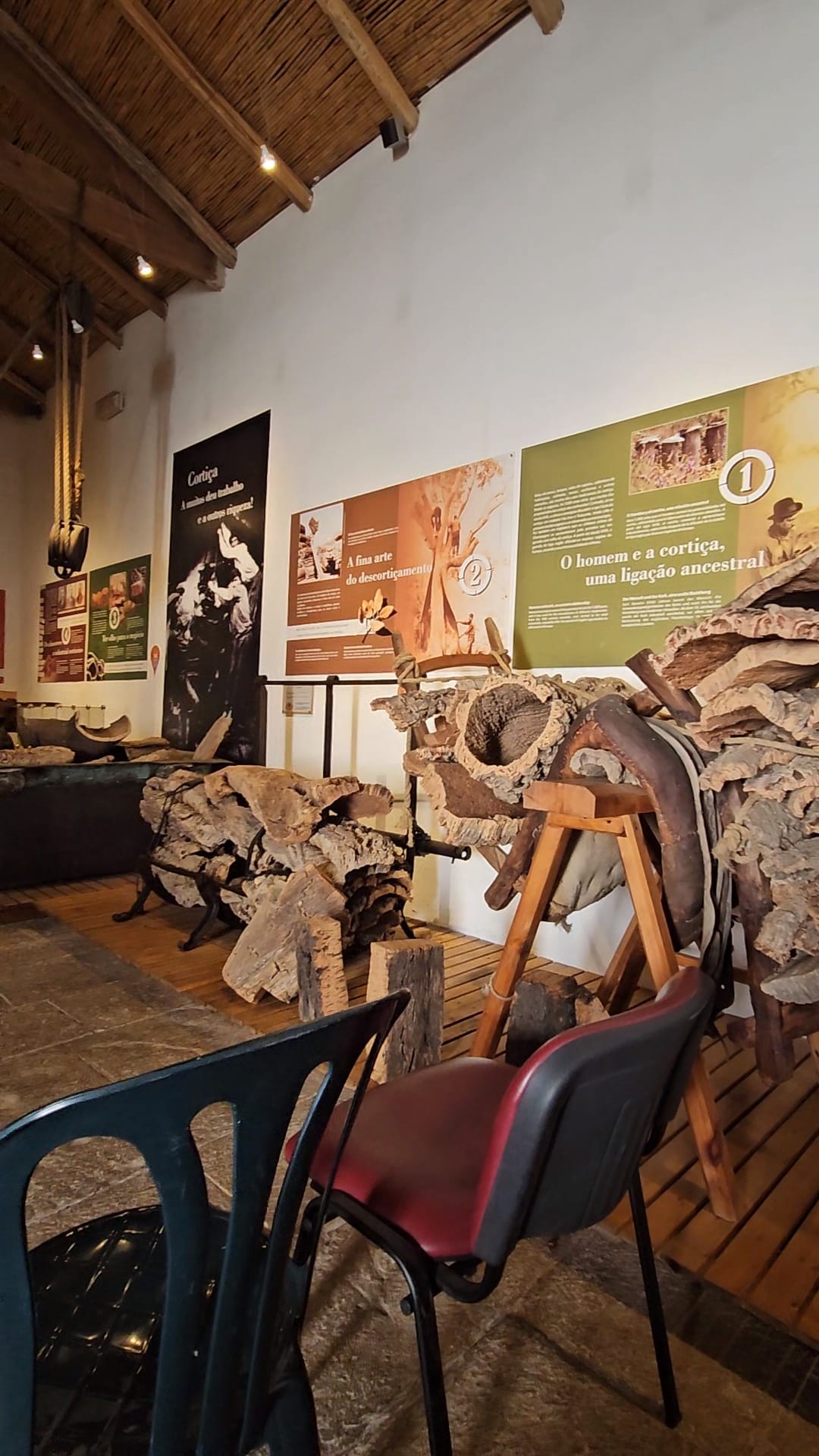
Cork is an amazing resource because besides being sustainable it is also lightweight, resistant to abrasion, fire retardant, can be used for sound and temperature insulation and is naturally water resistant, and it is recyclable. All of these properties make it an excellent choice for a lot of different products. You can see many of these products in shops all over Portugal.
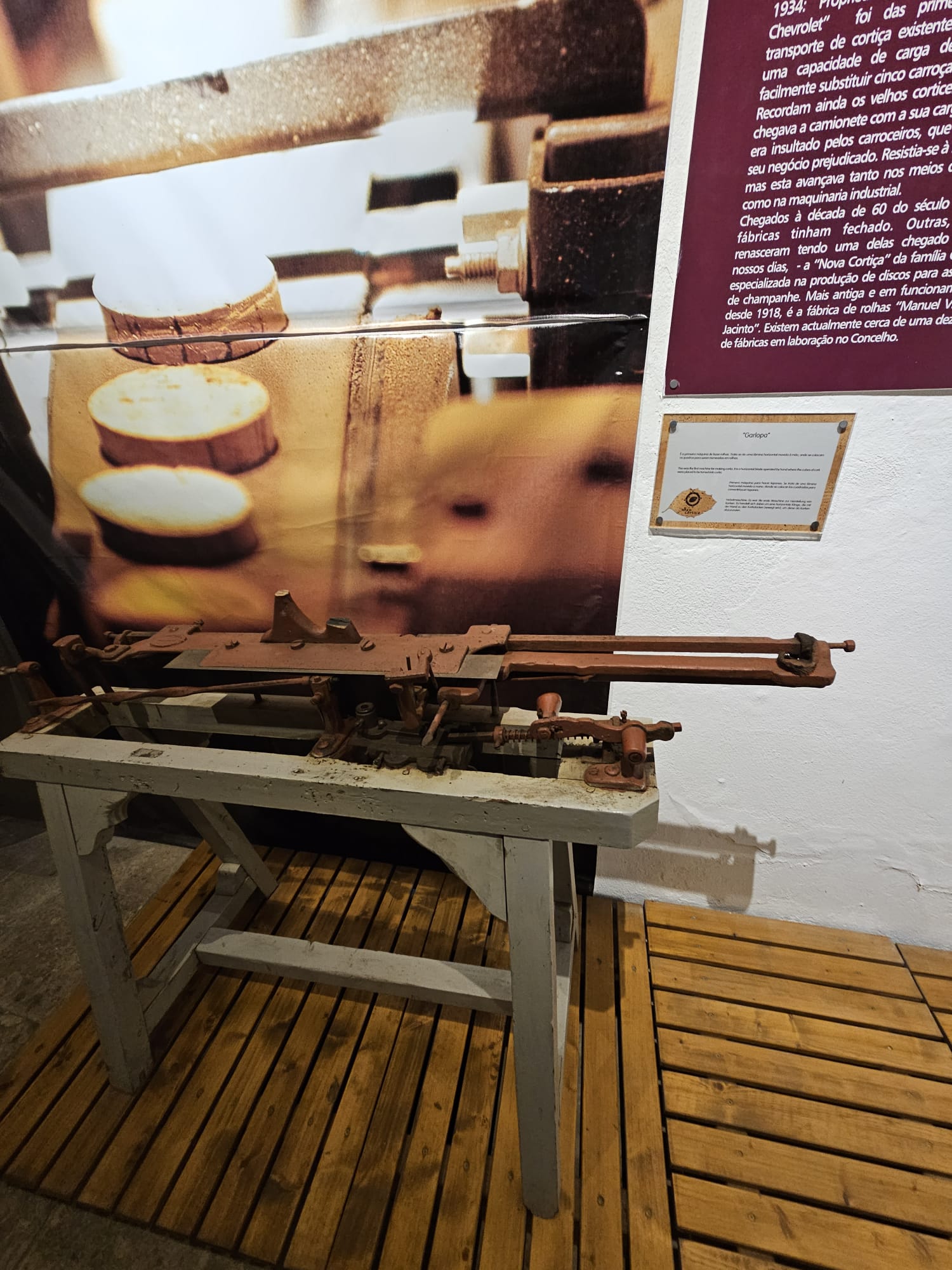
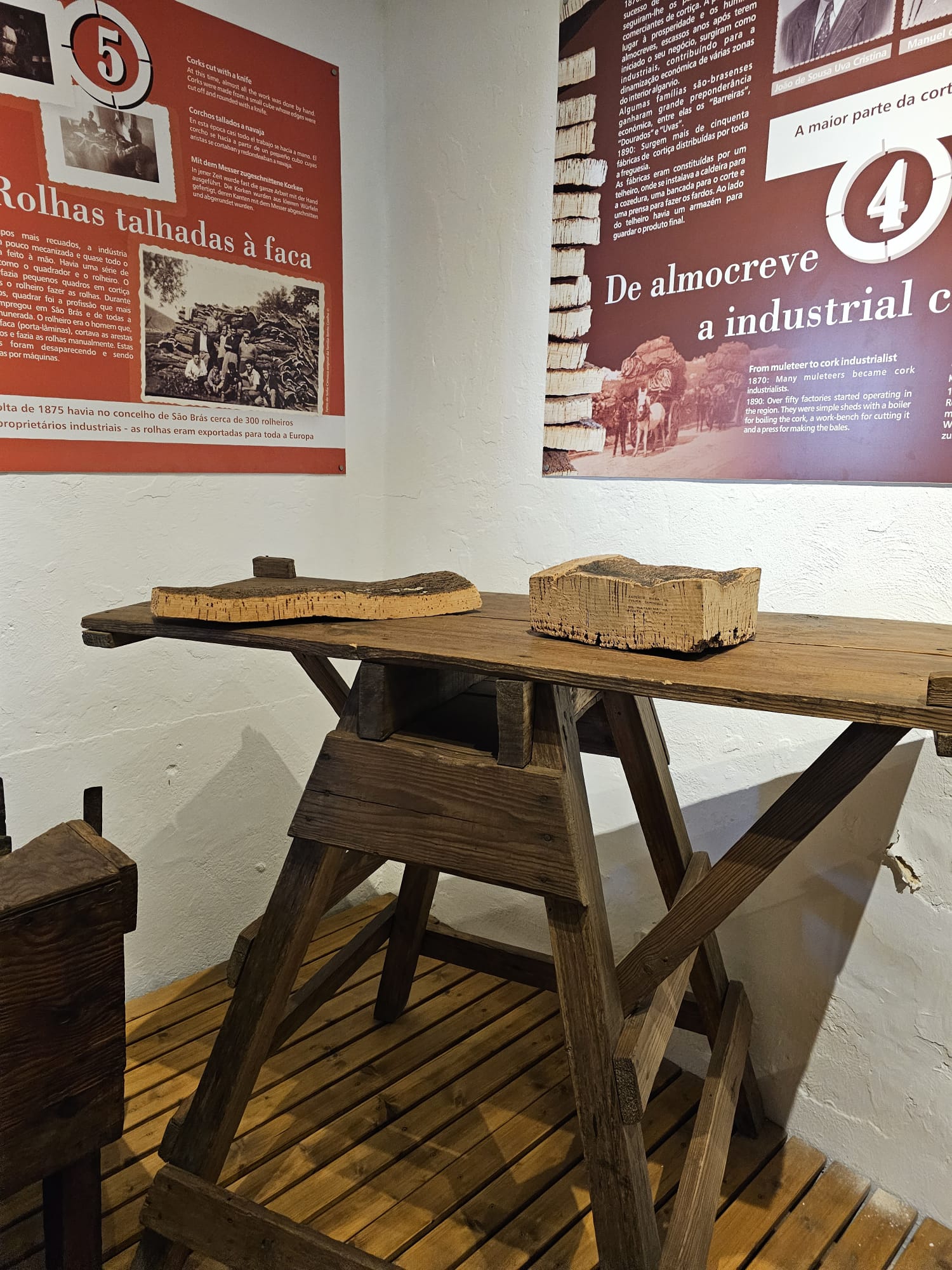
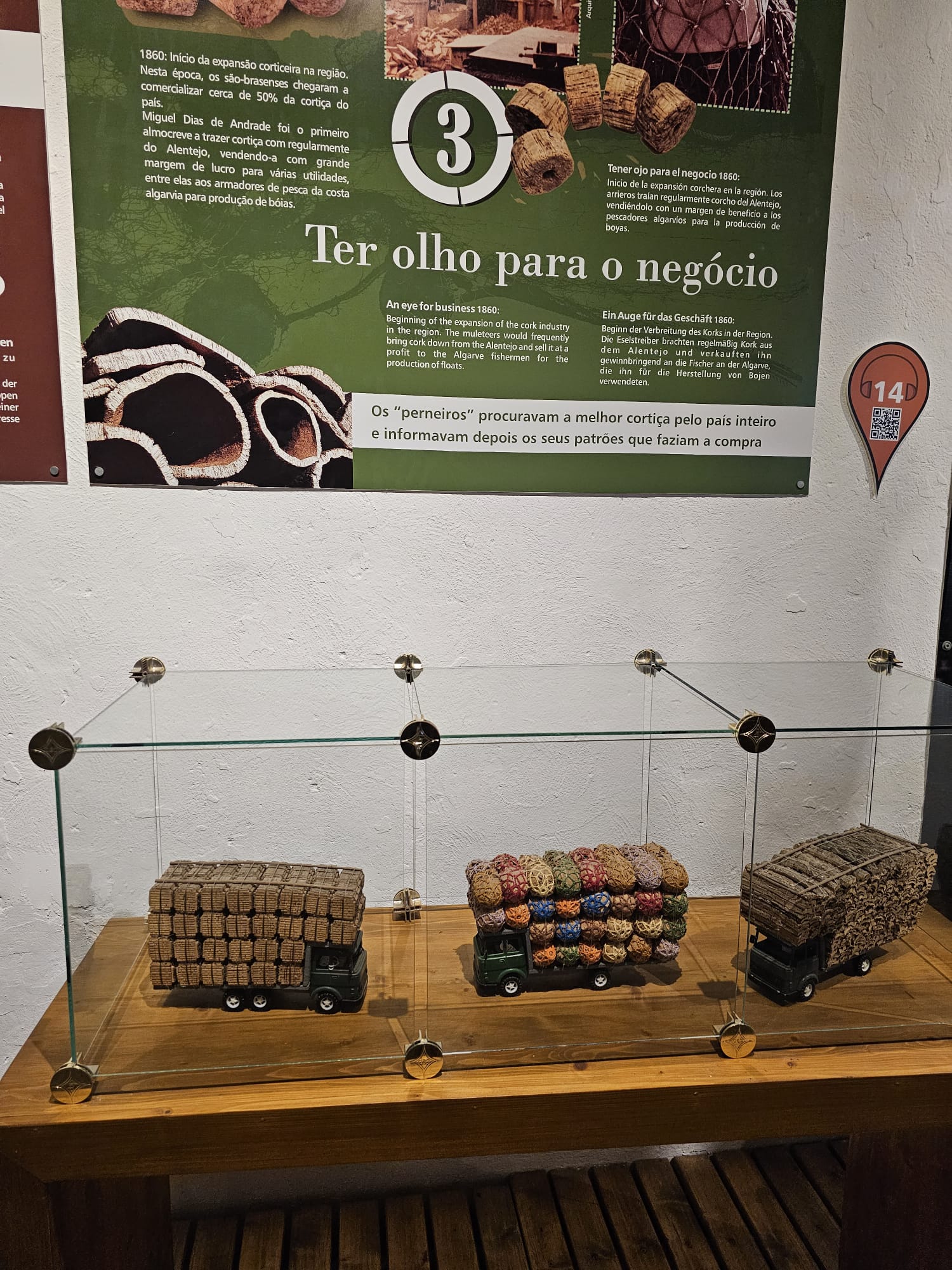
Following the cork exhibit was a look into what life was like in the area of Sao Bras de Alportel in the early 1900’s. It started with an old kitchen. It felt like you were stepping back in time. There were lots of baking tools laid out. I thought they were really cool because I went to Pastry school and love to bake.There were cookie cutters, molds, a whisk, a rolling pin and much more.
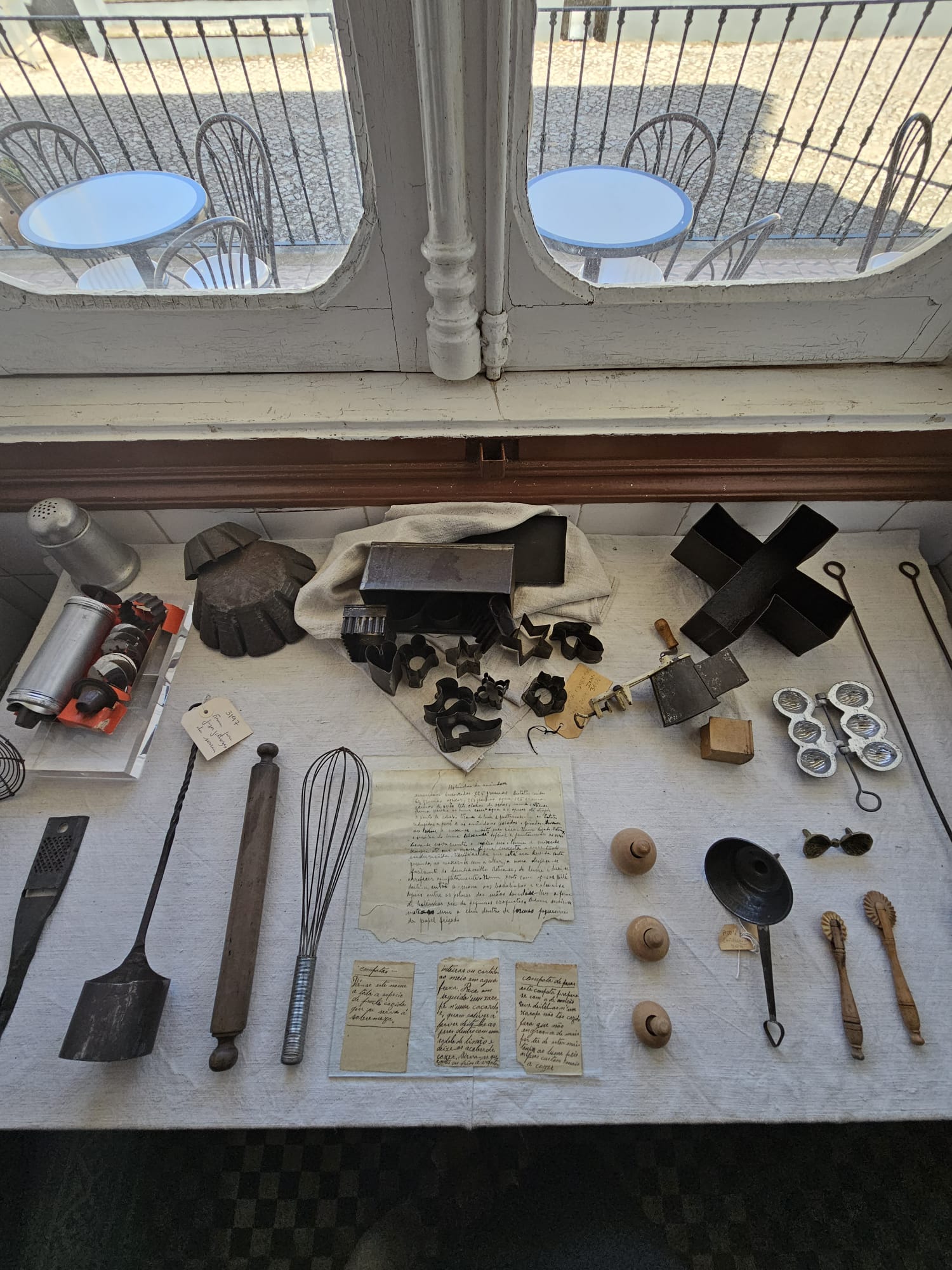
Next there was a garage with some horse-drawn carriages (minus the horses) . They were still in beautiful condition. There was even one that was a hearse. It was actually really pretty, it was wood with beautiful carvings. The garage went on to show tools and items that were used in agriculture, woodwork, iron work, farming and pretty much all types of labor that was common.
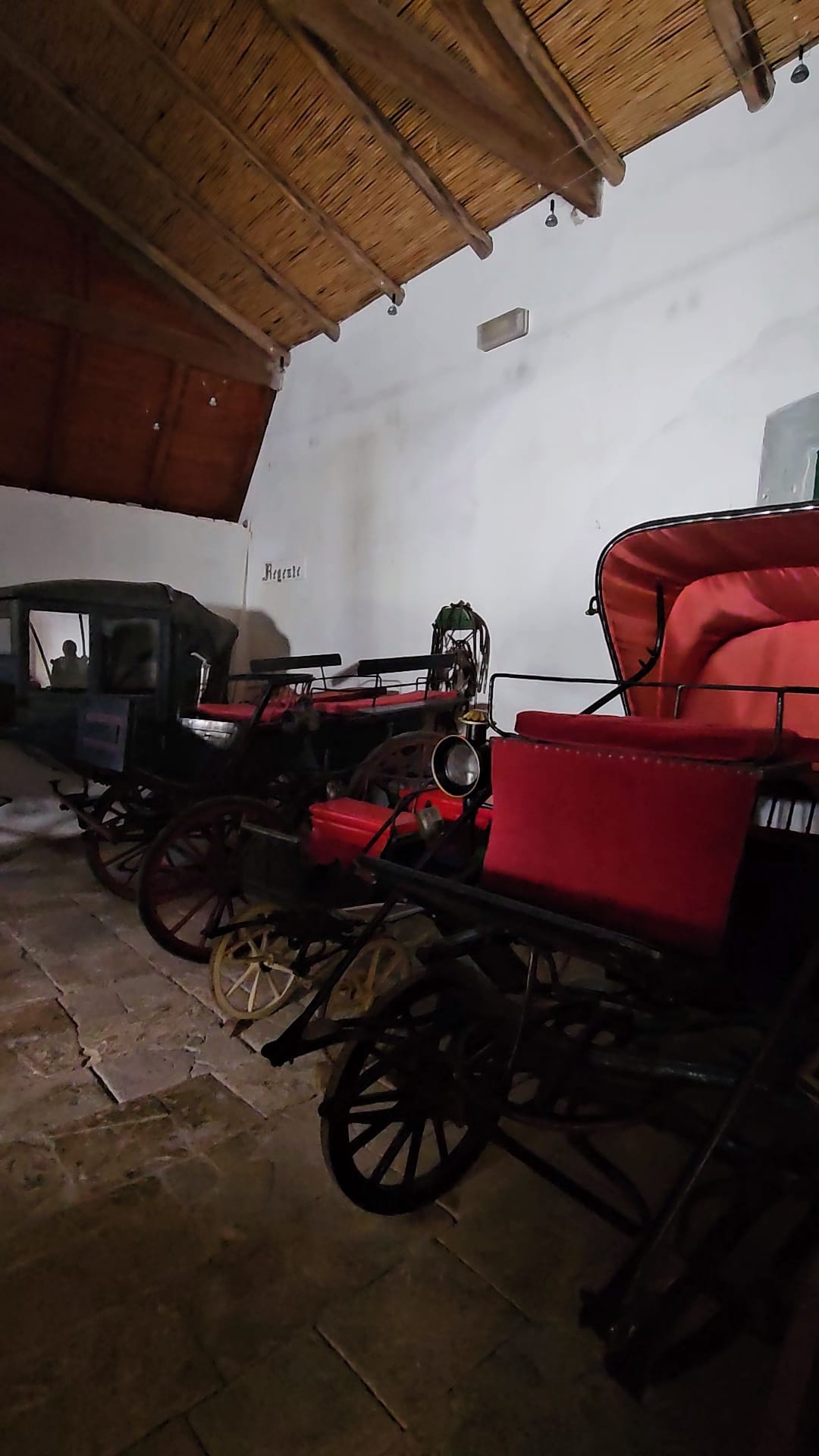
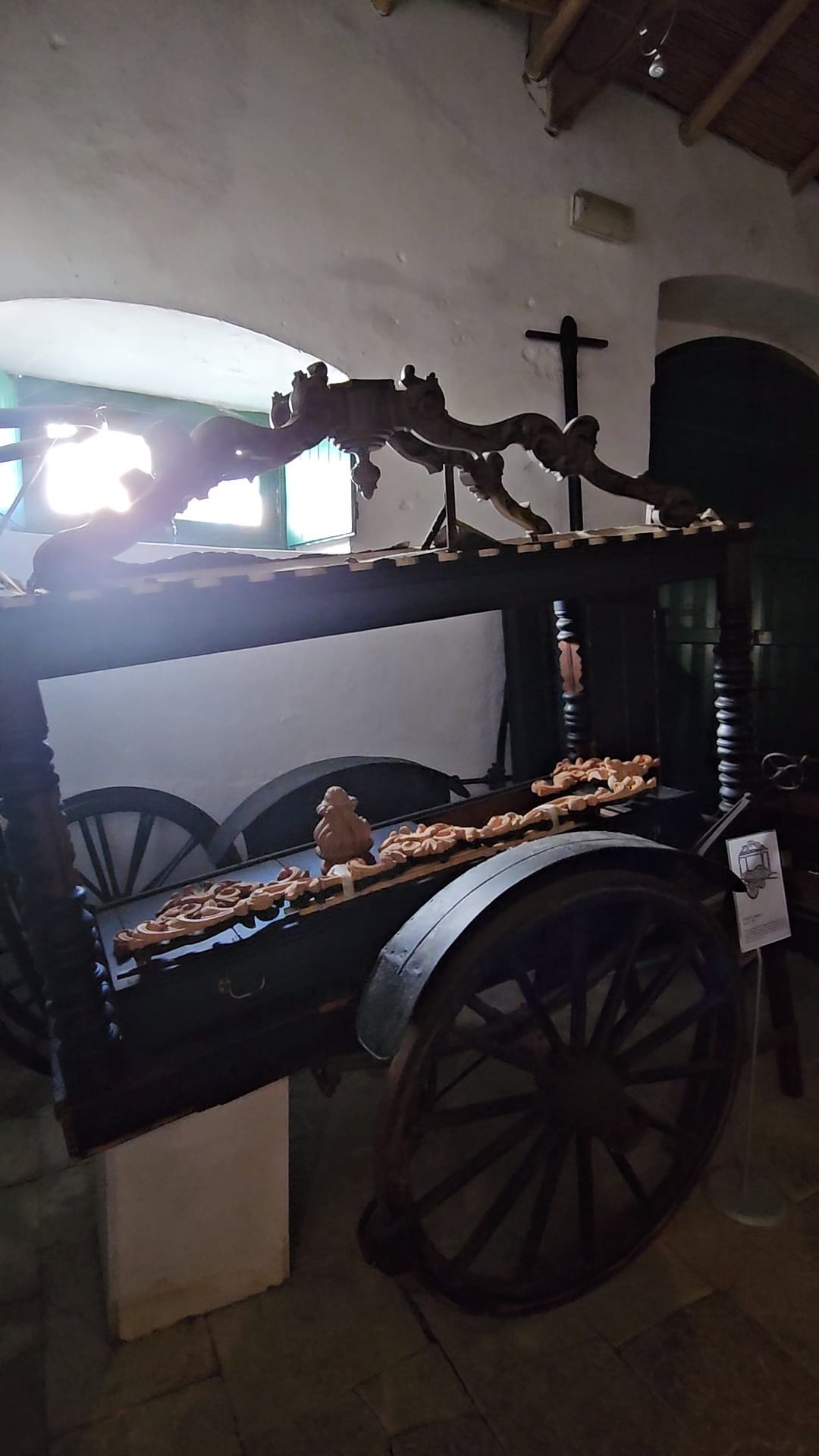
Outside was really nice. There were herb and flower gardens along with some stables that had more carriages. Then there was an old well. It was still operational. You could walk it to get water out and walk down inside of it.
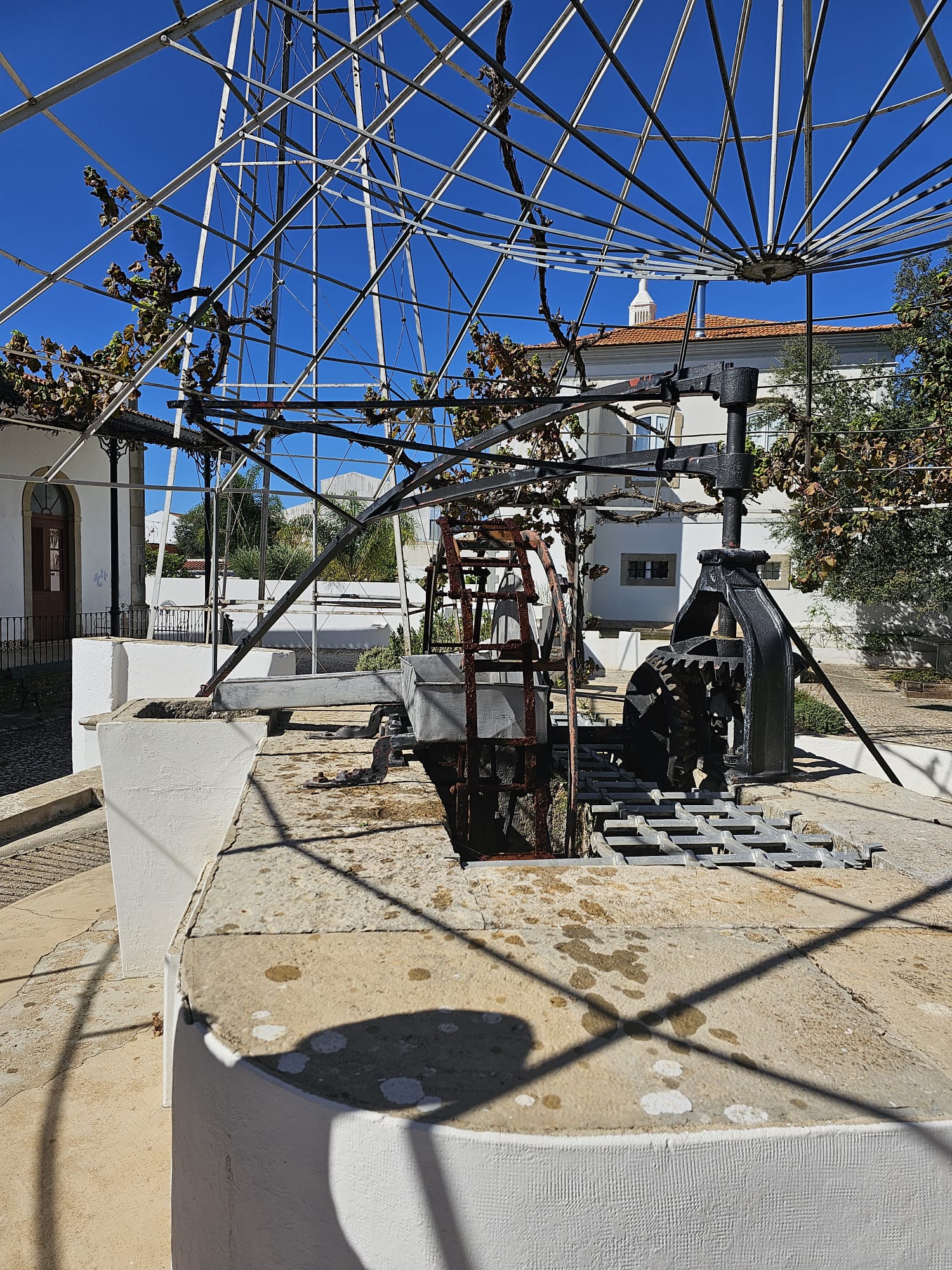
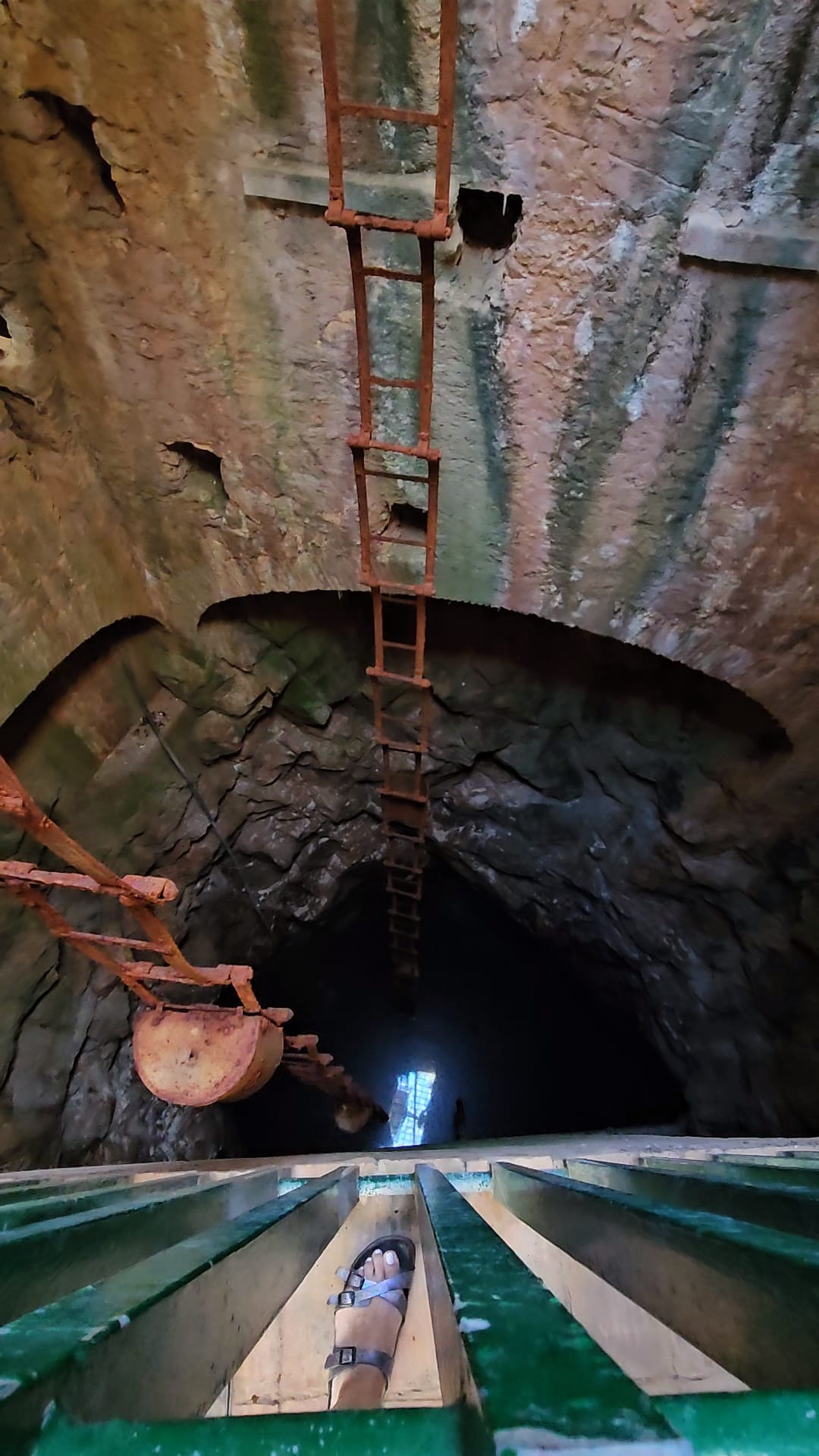
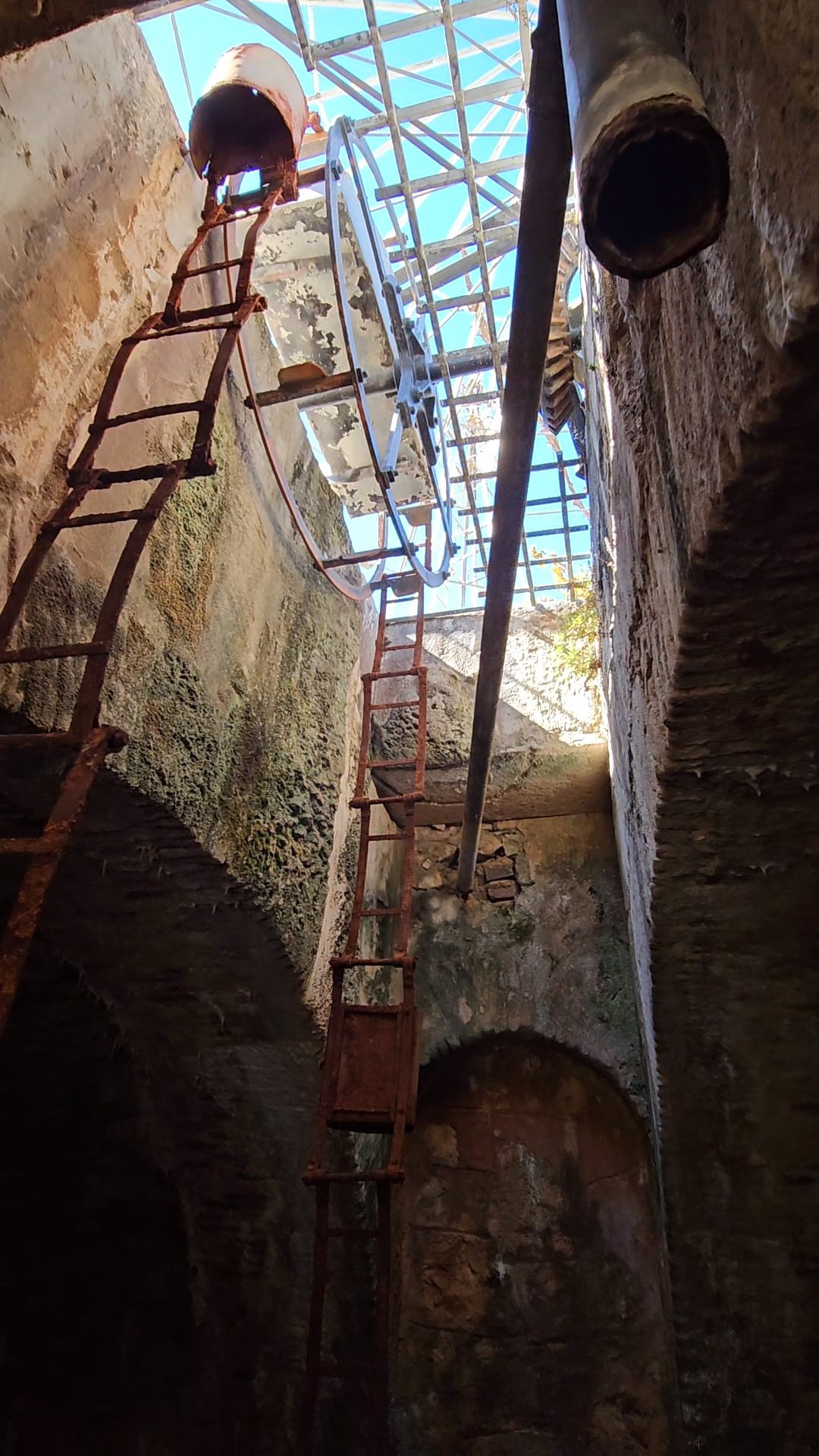
Overall the museum was pretty interesting. I especially liked the costume side and the cork exhibit. I knew cork was a big commodity here and had seen the trees but never knew anything about the way it was harvested or even all its uses and properties. It was interesting to learn and see. I’m glad we found this museum in this little town. It was definitely a fun way to spend a morning.
Check out my Instagram @Vegas.to.Portugal for more videos and pictures of the museum and more of my life in Portugal and adventures. 💙
Leave a Reply